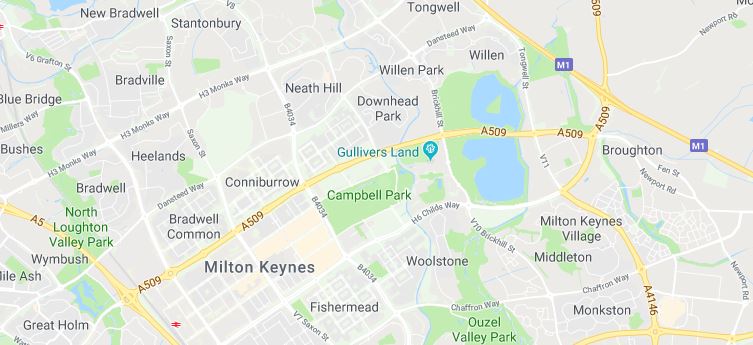What Is VoIP?
Voice Over IP is the notion that a computer network - which carries raw data, can also be used to carry real time speech conversations between two or more endpoints. An endpoint can be a device which looks like a traditional home or office telephone, a USB handset or headset, a smartphone running a VoIP client or anything really which gives you the ability to listen and talk.
Much like defining a 'vehicle', VoIP is only really a method or 'idea' and can find its way into various different scenarios or solutions. Common applications of VoIP are:
VoIP Office Phones
A VoIP telephone for a standard desk-based person in an office will look and perform in a very similar way to a traditional telephone. This is one of the advantages infact - that many people are accustomed to, and like the idea of, a physical device on their desk which performs the reliable function of a phone.
Advantages of VoIP Office phones are:
They use the same cable infrastructure as computers, so the infrastructure and management of office space and cabling is simplified.
Because they are not 'hard wired' back to a telephone system, they can usually be flexible for hot desking. Therefore you can share desks and log in and out of the phone, retaining your own unique extension number, direct dial number, voicemail, settings and so on.
They can be 'smarter' devices than standard phones, incorporating a touch screen which might be linked to a web page or HTML buttons.
A higher definition of audio is supported than potentially available on a traditional telephone.
A VoIP desk phone does not require a single hard wire back to the PBX, so the network can be 1000 miles big or distant and the phone will function the same as if it was in the next room. It's cheaper to talk over an existing data network than place a call on someone else's network at additional cost.
Disadvantages of a VoIP deskphone are:
Without proper and careful implementation, voice quality can suffer if it is not 'prioritised' on the data network.
VoIP telephones are traditionally more complex and therefore more expensive to buy.
Due to a reliance on a computer network to work, they can become inoperable if there is data network instability - meaning if you lose your computer network, you may also lose your telephones!
Due to the complexity of an IP phone, they can sometimes be slower to function after a reset, or to perform simple functions, than a traditional phone.
VoIP or SIP Trunks
VoIP can also be used to 'trunk' between different types of telephone systems or as a way of making and taking calls to the Public Switched Telephone Network (PSTN) - so as to communicate with anyone on the planet. Whereas the type of traditional telephone line you may have at home is a single line trunk, businesses often require multiple lines for simultanenous inbound and outbound calls. A 'trunk' is a pipe which can usually handle many calls at the time time.
So really a VoIP or SIP trunk is two big systems passing calls between one another. One of those systems is usually a company's telephone system and the other is a service provider, routing calls to the PSTN.
Advantages of VoIP trunks are that they're usually cheaper than renting individual telephone lines and the capacity can be increased or decreased instantly. However, you must have enough constant bandwidth to provide enough 'space' for each call to work perfectly.
Also, VoIP/SIP trunks are 'virtual' to the PSTN, so you can obtain a local telephone number from anywhere in the world. You could have a single telephone number from every major city in the UK or 100 numbers from Sydney, Australia terminating into an office in London, England.
Disadvantages of SIP trunks are that that there is often difficulty or even impossibilities of providing a guaranteed service from end to end - so it's possible that call quality can suffer. This can be mitigated by using dedicated connections with low contention ratios or fixed 1:1 links. When voice calls are shared with ordinary data, then it is necessary to implement QoS to ensure VoIP traffic is always prioritised.
Lastly, it's potentially easier for 'man in the middle' attacks on VoIP trunks, where calls can be potentially recorded without anyone knowing. This can be prevented with decent security authentication and encryption on voice traffic.
What Is Not VoIP?
Many people have the misconception that certain CTI (Computer Telephony Integration) applications are 'VoIP' - merely because they are a form of doing telephone things using a computer.

